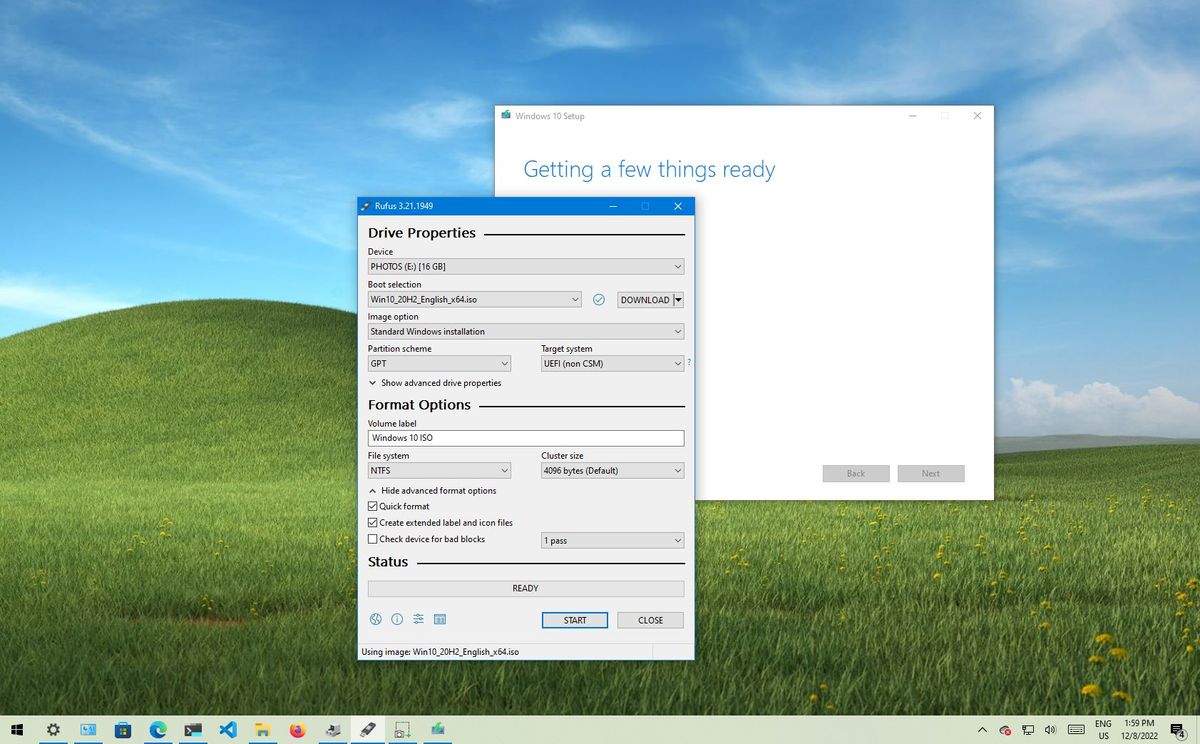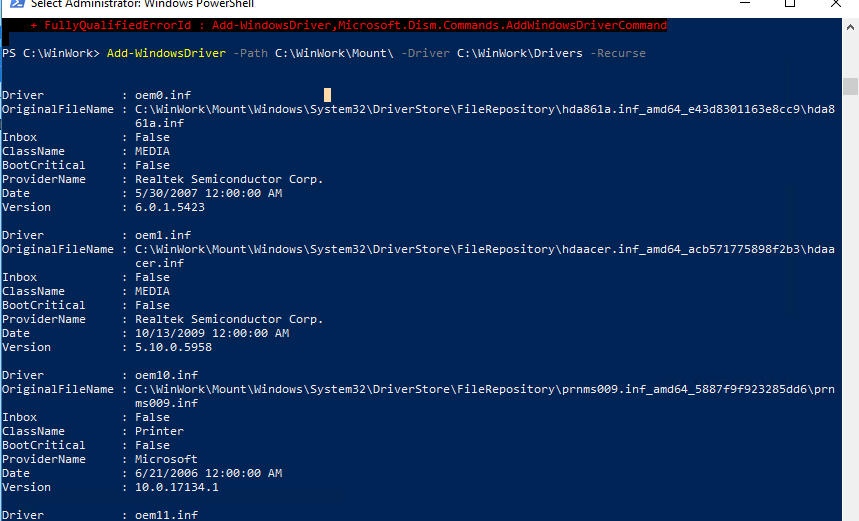Trogdor1123
Gold Member
I’m building a new computer for my daughter using some stuff i had leftover and I’m running into some issues and I’m hoping others can help.
I’m trying to use a usb to install windows 10 onto a 1tb Samsung 970 nvme drive. I’m doing it through the uefi “tool”. I don’t know the proper name for this. You be done dozens on installs via usb but this is my first time with a uefi mobo.
It gets to the “install” screen but then immediately afterwards it asks for a driver disk. Never seen this before. I’ve heard the usb might be bad? Any insights?
I’m trying to use a usb to install windows 10 onto a 1tb Samsung 970 nvme drive. I’m doing it through the uefi “tool”. I don’t know the proper name for this. You be done dozens on installs via usb but this is my first time with a uefi mobo.
It gets to the “install” screen but then immediately afterwards it asks for a driver disk. Never seen this before. I’ve heard the usb might be bad? Any insights?



